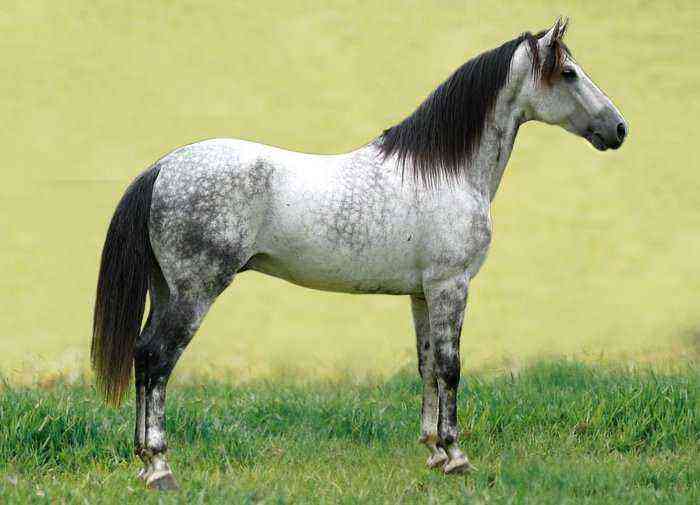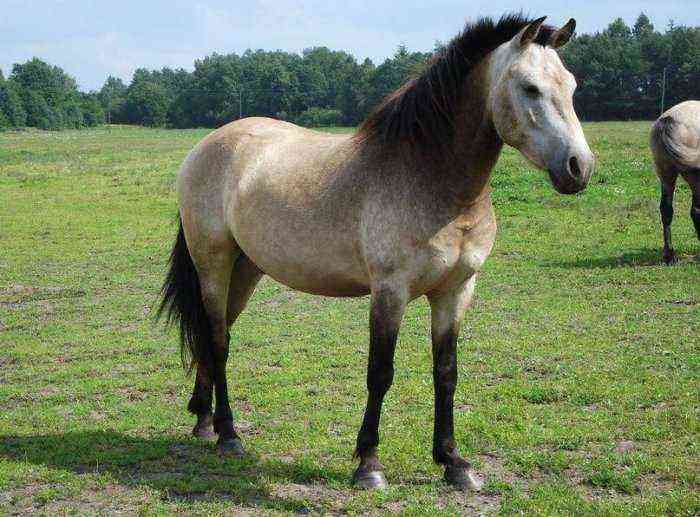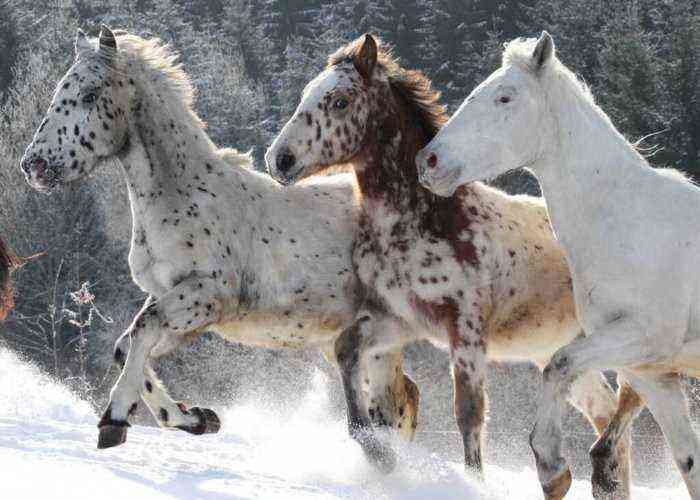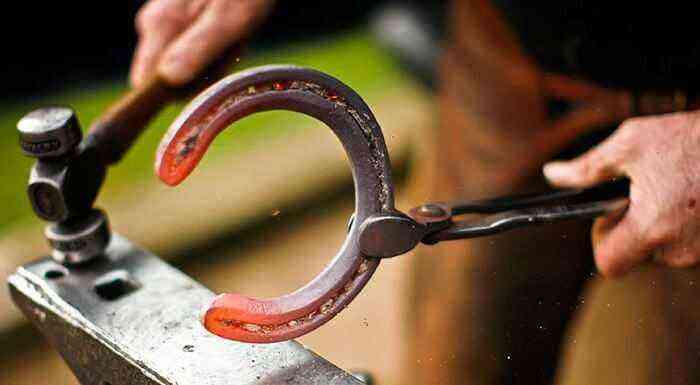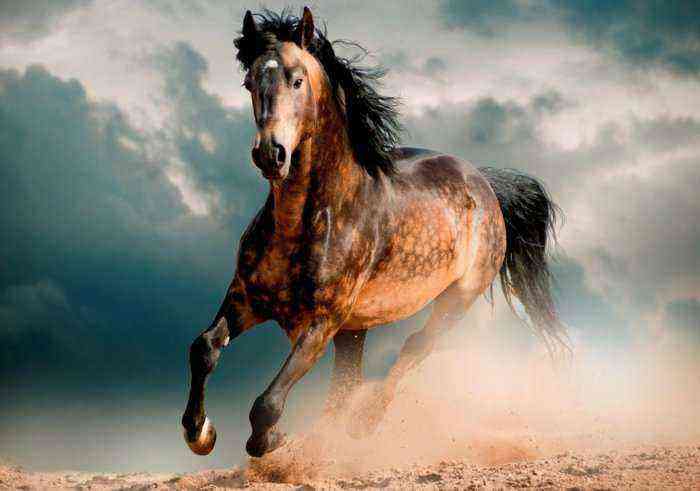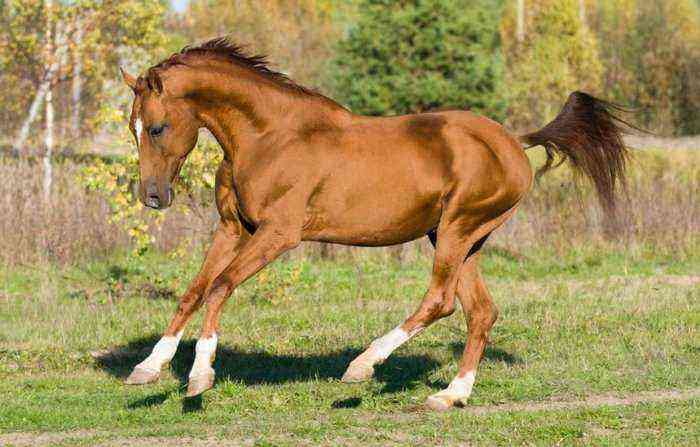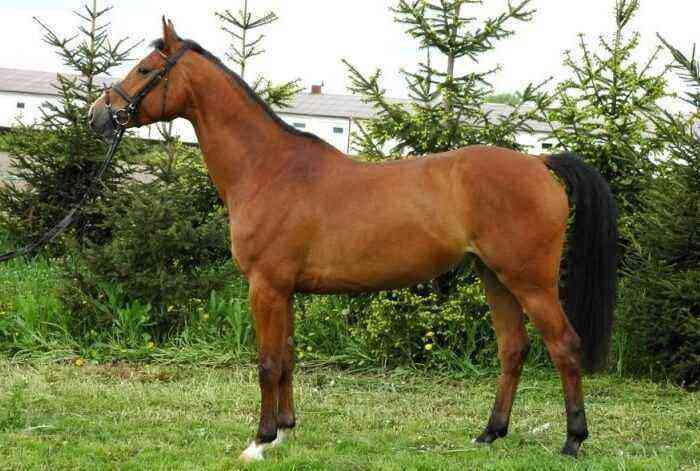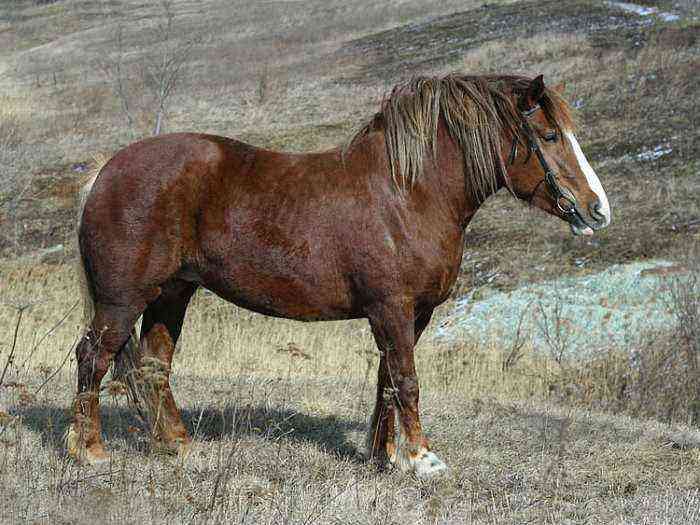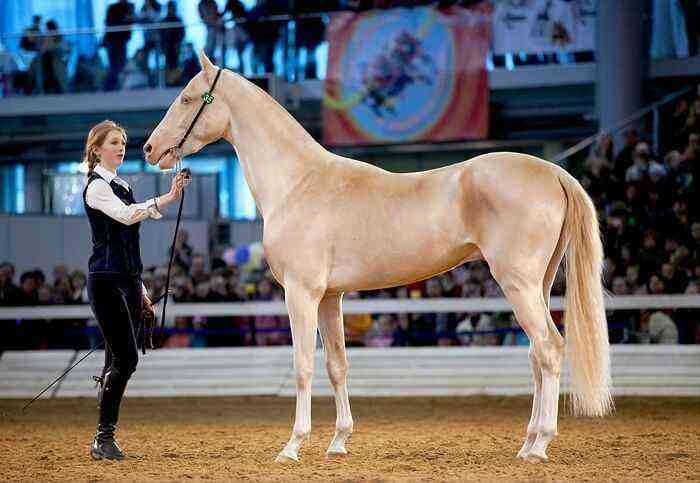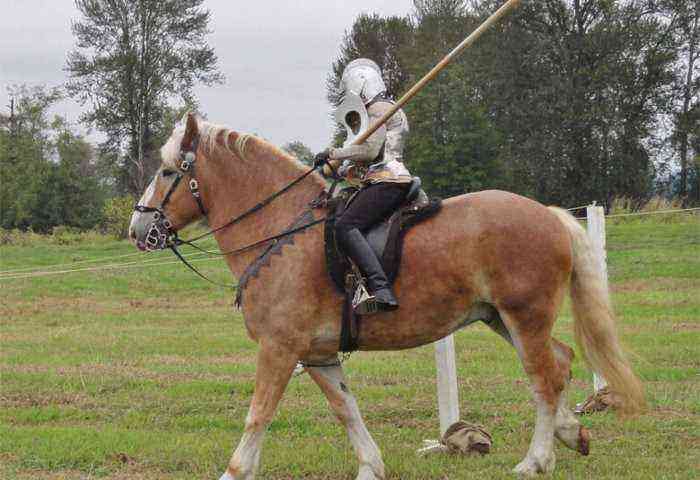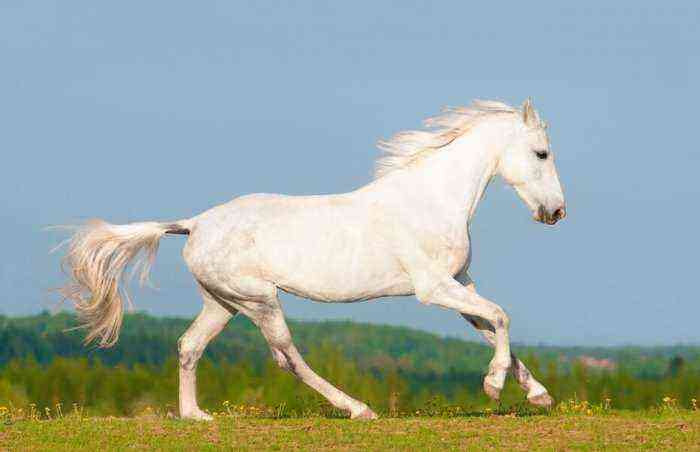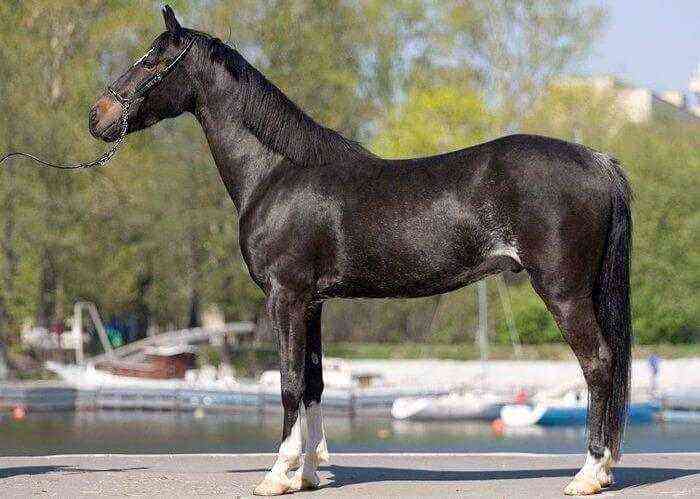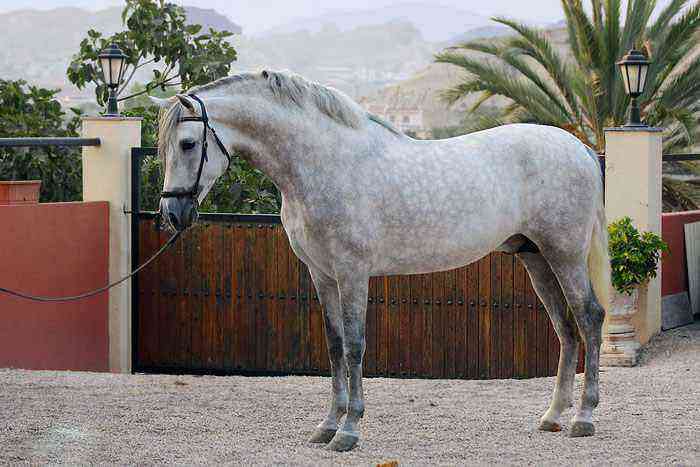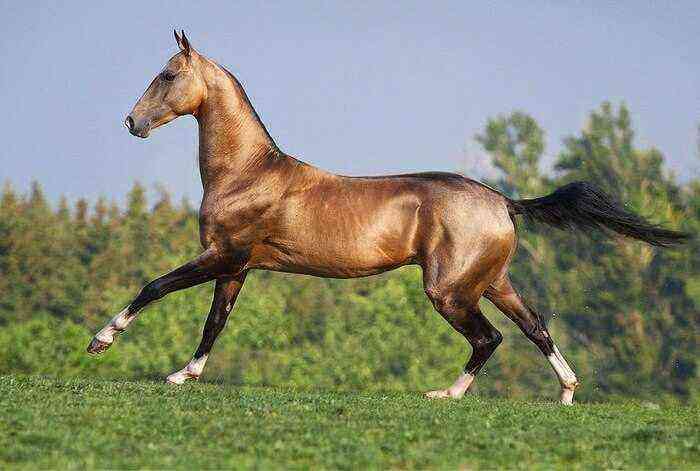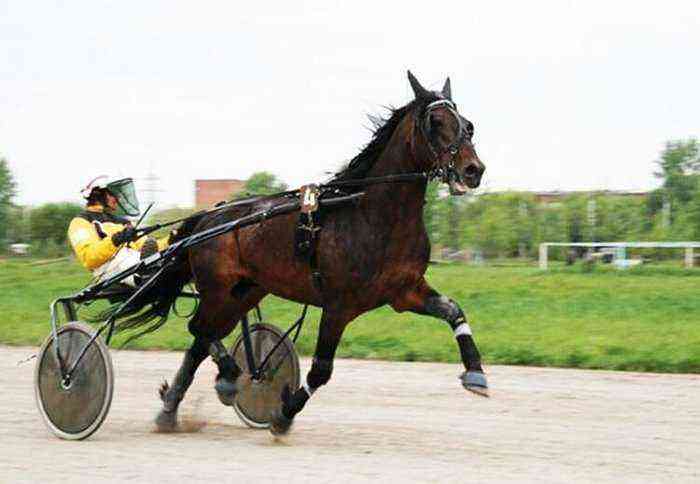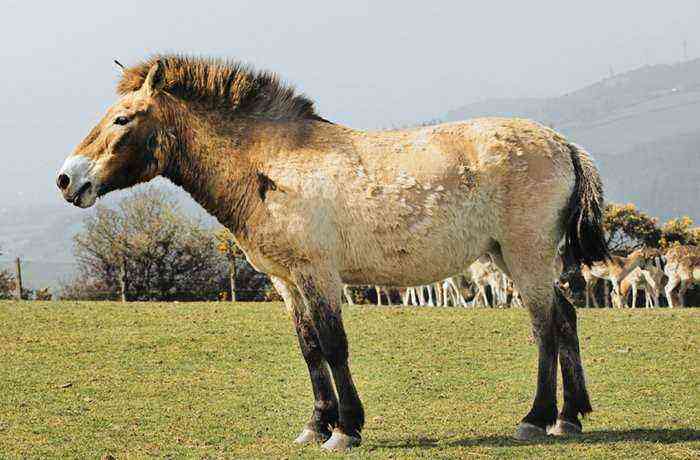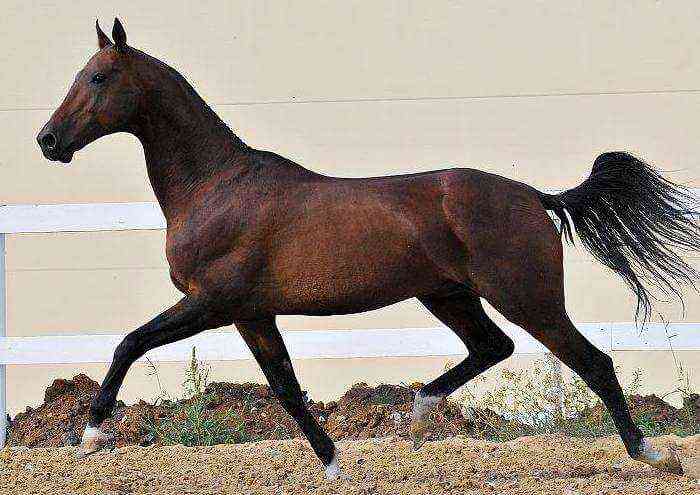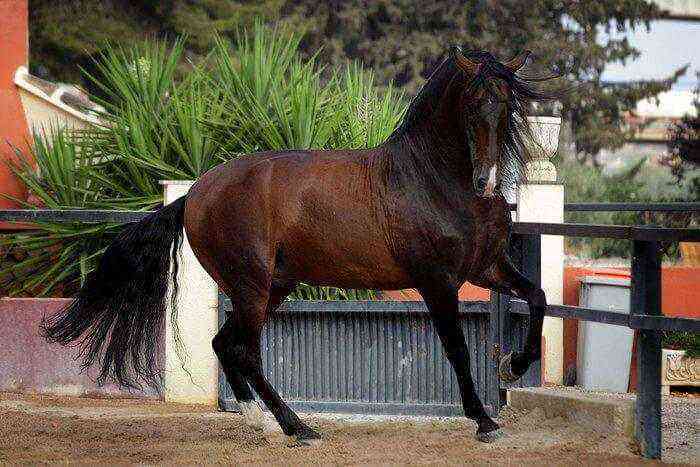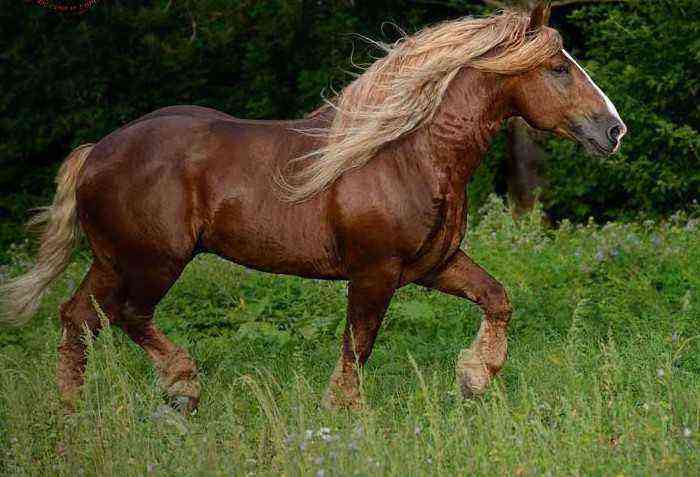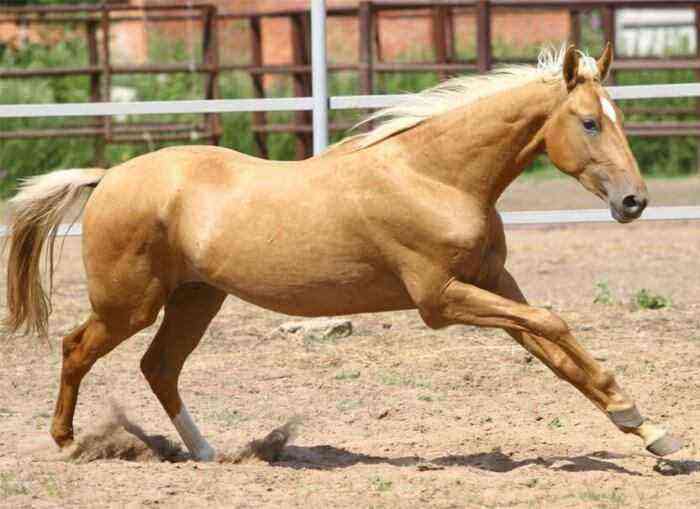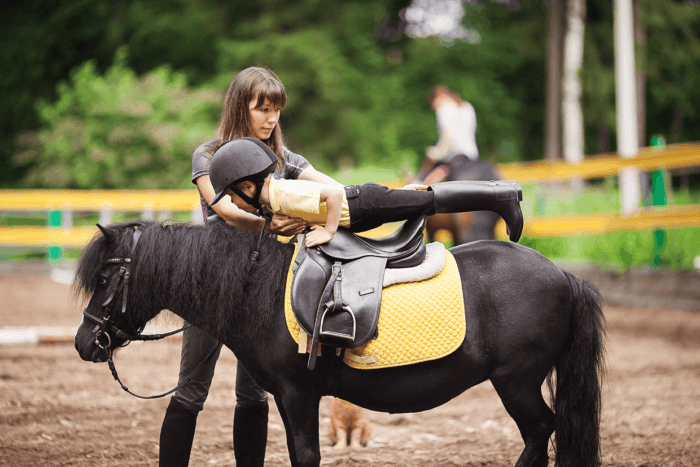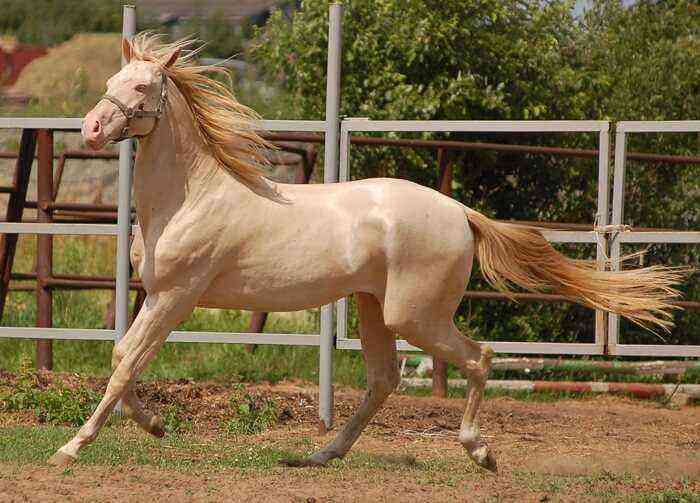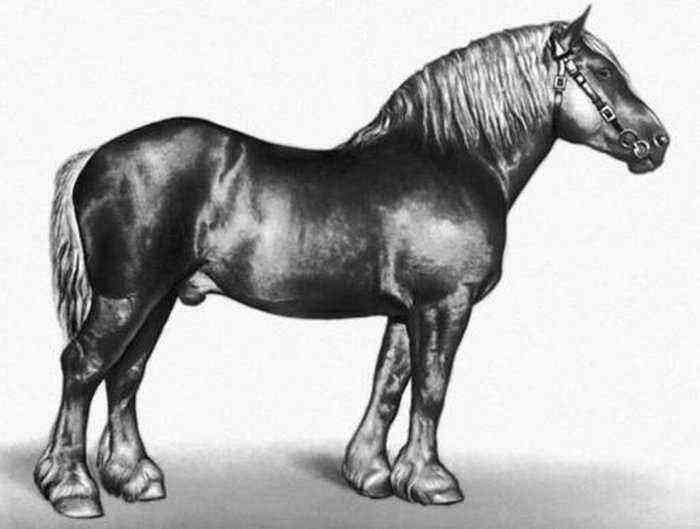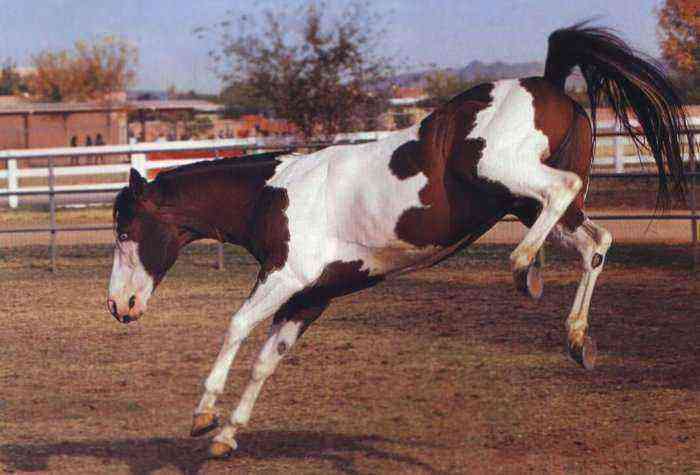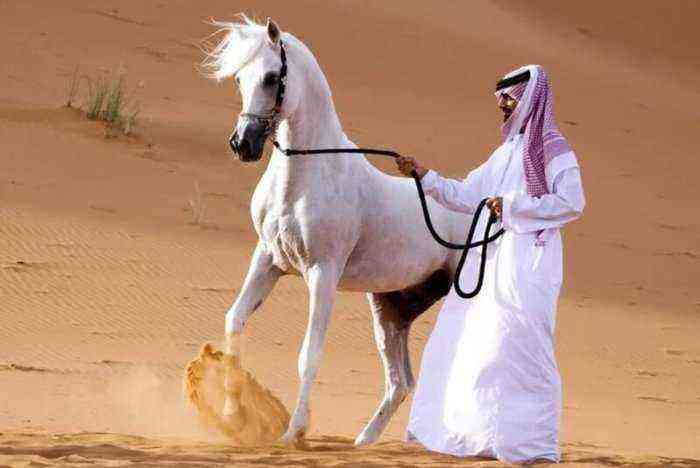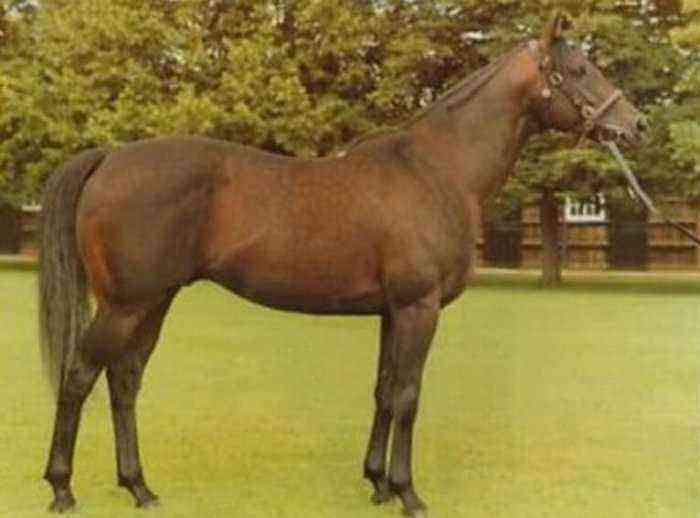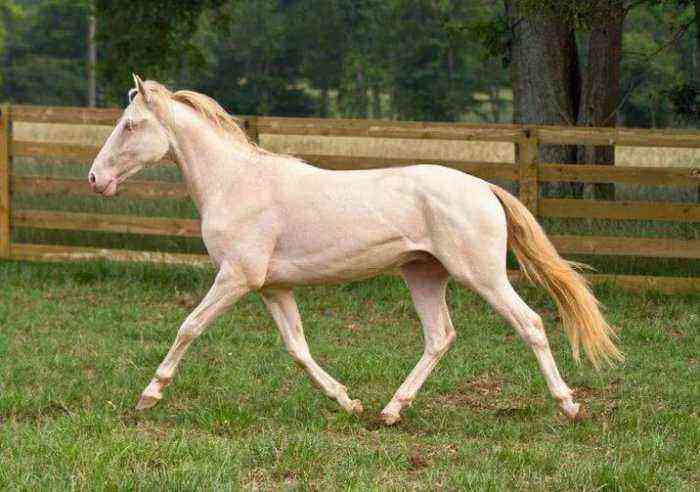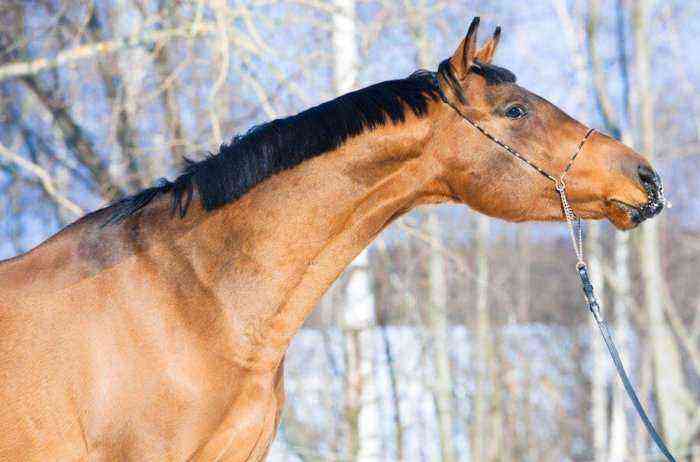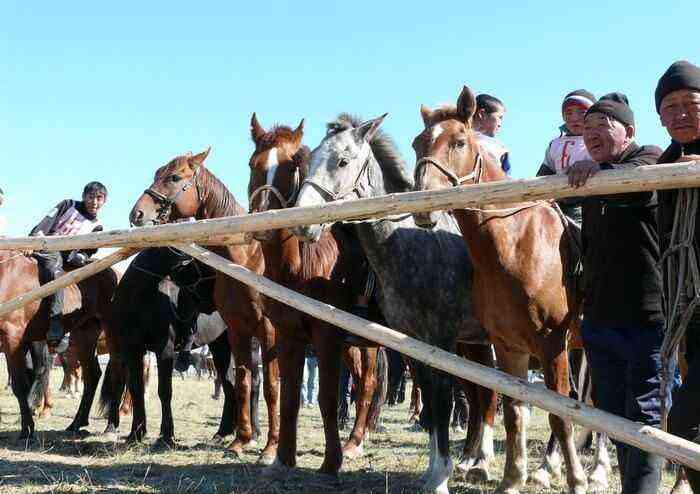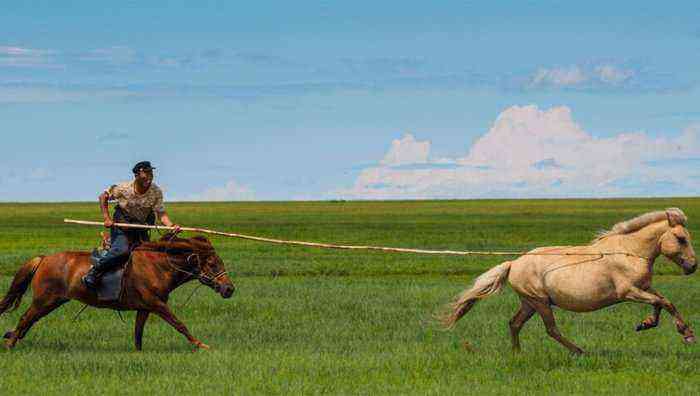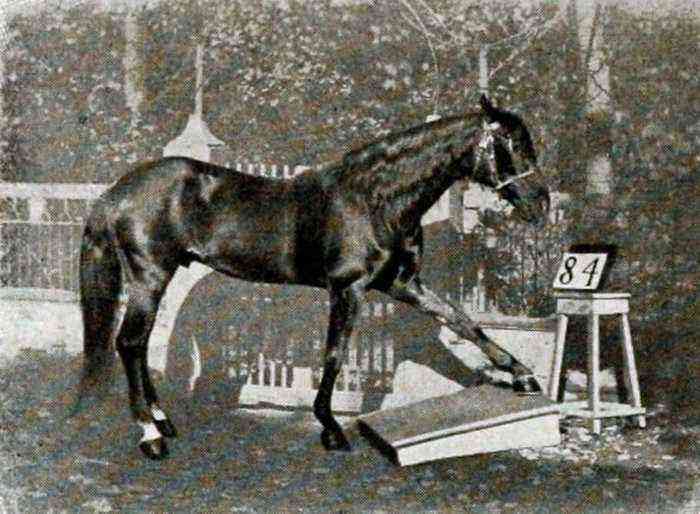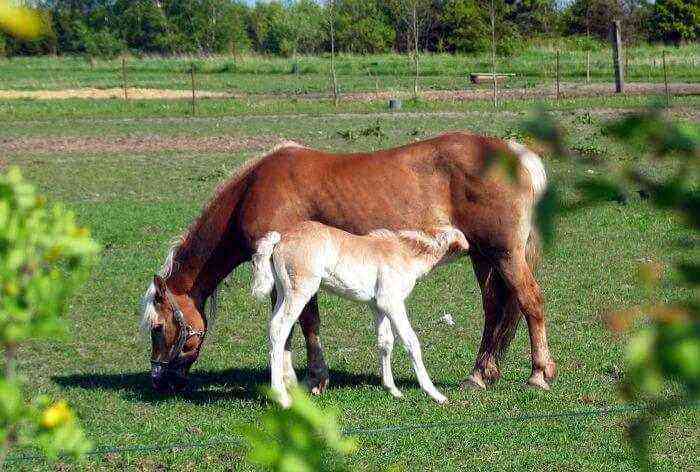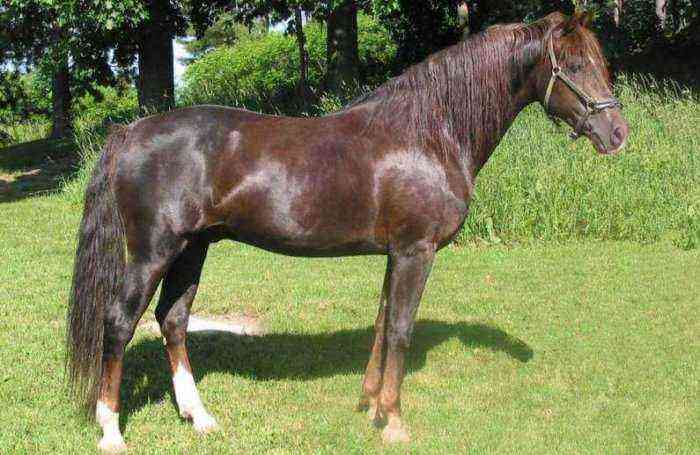The Kyrgyz breed of horses originates from horses that the Kyrgyz bred 4 thousand years ago. Over the centuries, this line has undergone changes due to the influx of Mongolian and Eastern blood. These are incredibly hardy, good-natured, efficient and devoted animals. On the basis of the Kyrgyz in the XX century, the new Kyrgyz breed of horses was created, which is in high demand both within the country and abroad.
Kyrgyz horse
History of origin
From time immemorial, the horse has been a faithful helper for the Kirghiz. She not only helped to deliver small loads from one point to another, but also provided a person with meat and milk. On the territory of modern Kyrgyzstan, medium-sized horses lived, which were domesticated by local residents. They were very hardy and unpretentious animals, well adapted to the local climate. The Kirghiz kept them all year round on pastures, which contributed to the development of valuable qualities in animals.
Features of the breed
Representatives of the Kyrgyz pedigree line became famous for their tirelessness and endurance. Horses bred in difficult climatic conditions are accustomed to heat and drought, cold, wet and windy winters. When the ground is covered with snow, they get their food by digging it with their hooves. The main feature and advantage of the breed is the ability to be content with little. They are able to work hard and quickly recuperate. During the day, these horses travel 100-150 km, almost without feeling tired.
The endurance of the Kyrgyz horses is evidenced by one interesting incident that happened to the Cossack Vasily Strunyashev from the Orenburg province. Once he was captured by the Kirghiz, but managed to escape thanks to two horses. Together with the horses, he covered a distance of 200 km. The animals ran all evening without stopping to rest. Perhaps representatives of other breeds are not capable of this, except perhaps the Arabian thoroughbred horses.
Exterior
Kyrgyz horses are of the pack type. These are short and strong animals with a rough constitution. Any color is found in the breed, but most often you can see bay, red or gray horses.

Kyrgyz horse
Exterior feature:
- stallion height rarely exceeds 1,4 m;
- dry head;
- short straight neck of a trapezoidal shape;
- withers poorly developed;
- the body is massive and elongated;
- the back is straight, rather strong;
- the croup is slightly lowered;
- dry limbs of medium length, metacarpus in girth – 17,5 cm;
- the stratum corneum of the hooves is durable, the animals do not require forging;
- mane is rare.
Reference. With good fattening, the Kyrgyz horse looks attractive – its shape is rounded, the coat acquires a healthy sheen and gloss.
Advantages and disadvantages
The advantages of the breed include such qualities as:
- endurance;
- good health;
- ability to adapt to difficult conditions;
- unpretentiousness to food;
- high milk yield of females;
- complaisant character;
- good working capacity.
The disadvantages of the Kyrgyz breed are – late maturation, low weight of the horse, low growth of animals. Their exterior also has some drawbacks: a short “deer” neck, angular physique.
New Kyrgyz horse
Until the end of the XNUMXth century, there were no stud farms in Kyrgyzstan, and the people were engaged in selection in their farms. When the first state stables were built, it was decided to create a new breed based on the available hardy horses, which would retain the valuable qualities of the Kyrgyz, but change in appearance.
Scientists wanted to improve the racing qualities of local horses and improve the exterior of animals. For this, local mares were crossed with Don and thoroughbred riding stallions. Subsequently, the best crossbred offspring of the second and third generations mated with each other, which led to the consolidation of the desired traits. This is how the new Kyrgyz breed of horses arose, which was registered in 1954.

Novokirghiz breed of horses
Representatives of this line are distinguished by a harmonious exterior. Their height averages 1,47–1,5 m. The back is straight, not long, the croup is muscular, the limbs are sinewy. New Kyrgyz horses inherited agility from thoroughbred riding horses, and endurance and unpretentiousness from aboriginal ancestors. The Kirghiz still use the method of herd and pasture maintenance, which has a beneficial effect on the health of foals.
Attention! New Kyrgyz mares give a lot of milk, which serves as a raw material for the preparation of koumiss.
The Kyrgyz horse has an ancient origin. The inhabitants of modern Kyrgyzstan highly value the horses that their ancestors bred, because these animals have helped them survive for centuries, providing them with milk and meat.

